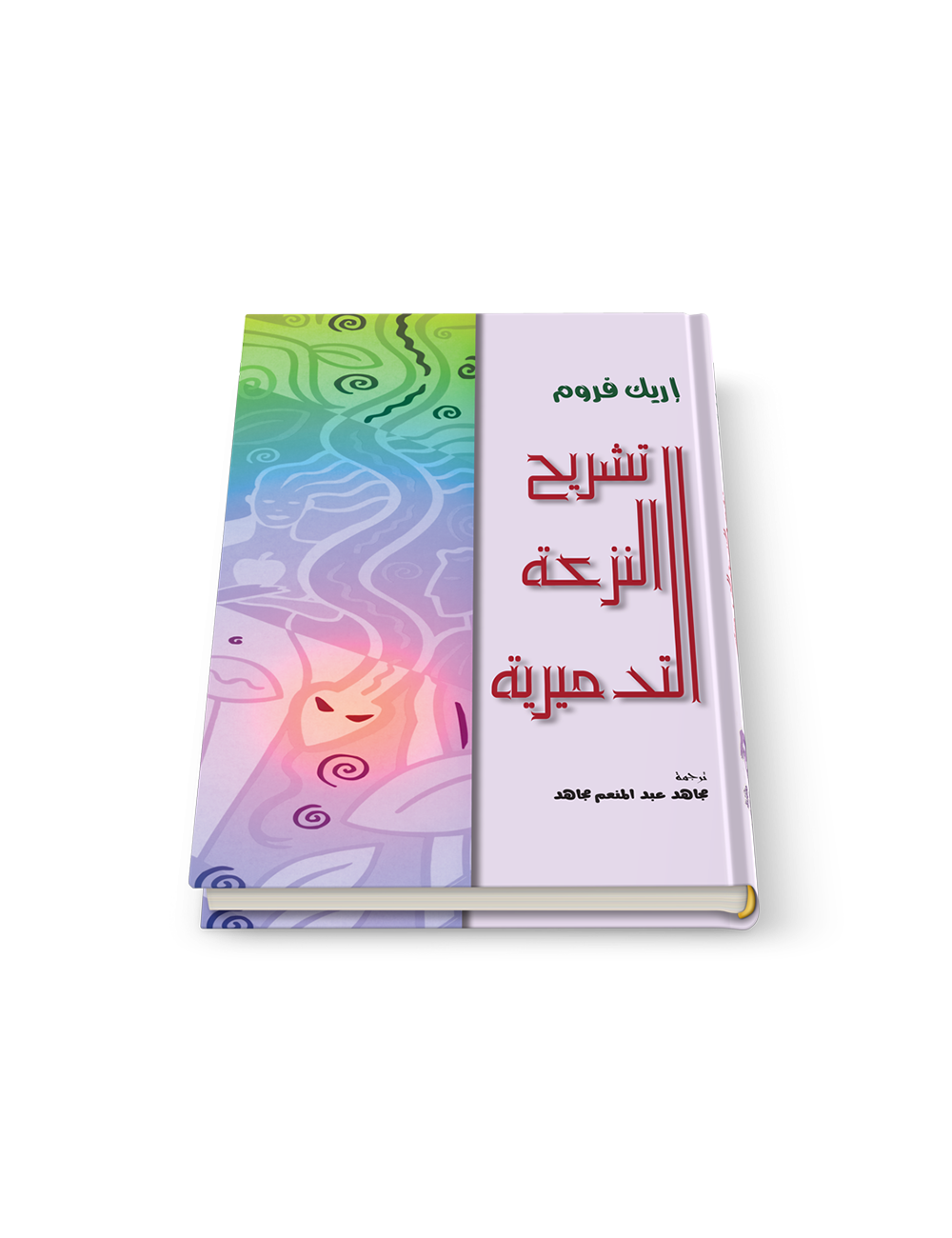
Aesttherics Lectures On Fine Art: Aesthetics and philosophy of art
This is the first of two volumes of the only English edition of Hegel's Aesthetics, the work in which he gives full expression to his seminal





In this provocative book, the distinguished author writes to break the deadlock in the struggle between the instinctivism of Konrad Lorenz and behavior psychologist B.F. Skinner.
Security policy
Delivery policy
Terms And Conditions
Renowned psychoanalyst and social philosopher Erich Fromm examines the causes and effects of people’s violent tendencies in The Anatomy of Human Destructiveness.
In this provocative book, the distinguished author writes to break the deadlock argued about the roots of human nature by exploring the struggle between the instinctivism of Konrad Lorenz and behavior psychologist B. F. Skinner: are people inherently antagonistic or do people learn hostility from their environment and the actions of those around them?
Drawing from neurophysiology and anthropology studies and findings, Fromm presents fascinating ideas about how the human character and condition developed―and continues to develop―in contemporary society.
“A book by Erich Fromm is always intelligent and contains much of interest and insight, and this one is no exception.”―The New York Times
This is the first of two volumes of the only English edition of Hegel's Aesthetics, the work in which he gives full expression to his seminal
Man creates masterpieces of literature and art, but he does not want to be satisfied with this, but rather he wants to understand what is behind his creativity.
The contemporary church dismisses Christianity's foundational Scriptures at its own peril. However, the teachings of the Old Testament are less and less at the center of congregational preaching and conversation. The early church fathers visionaries such as Augustine, Origen, and Tertullian embraced the Hebrew Scriptures, allowing the Old Testament to play a central role in the formation...
From one of the most important theologians of the twentieth century, Ethics is the seminal reinterpretation of the role of Christianity in the modern, secularized world.
The Christian does not live in a vacuum, says the author, but in a world of government, politics, labor, and marriage. Hence, Christian ethics cannot exist in a vacuum; what the Christian needs, claims Dietrich Bonhoeffer..
Does this have anything to do with the Bible, the book that has profoundly influenced Western culture? Is there archaeological evidence that bears on the Bible? Are the narratives of the Bible, especially those from 3,000 and more years ago, myth or history? Is a scientific discipline like archaeology even compatible with an obviously religious book like the Bible? These are relevant questions that this book will seek to answer.’
The Philosophy of Humanistic Ethics vs. The Philosophy of Authoritarian Ethics
The Philosophy of Subjective Ethics vs. The Philosophy of Objective Ethics
Anthropology
The Heritage of Humanistic Ethics Philosophy
The Philosophy of Ethics and Psychoanalysis
Berdyev's life was nothing but a triangular struggle against the aristocratic environment in which his family belonged and lived in it, against the revolutionary Marxist environment in which he lived during his first youth and against the orthodox environment in which he lived a mature period in a certain sense.
Why would you read about the history of Christian thought? If you are Christian yourself, it helps you to understand about thinkers and the faith of the generations.
What is art criticism?
What are the boundaries between art criticism and social criticism?
What are the different streams of criticism?
What is the contemporary critical landscape?
The separation of religion from the subject manifests itself in the emergence of an actual will. In the will I am an actual and free being, and I present myself against the subject as another, in order to represent it with myself by removing it from that state of separation.
The New International Dictionary of Old Testament Theology and Exegesis contains more than 3,000 separate articles, written by more than 200 scholars from twenty-four countries and more than one hundred academic institutions! This massive 8-volume Old Testament reference work contains articles on the theology of each individual Old Testament book,
It is not a book about the religion of the churches but an effort to interpret the whole contemporary situation from the point of view of one who constantly inquires what fundamental faith is expressed in the forms which civilization takes.
Four simple questions are asked for each of the sixty different Bible persons or events. These simple questions, drawn from the lives of all the main characters of the Bible, and covering all the main events, will delight, challenge, and amuse. All the best-loved stories are here, brought to life by the Italian artist Paola Bertolini Grudina's lively illustrations.
"What nonbelievers reject is often not God, but the caricature of God that theologians have synthesized over the centuries. A faith based on that caricature is poorly suited to the hard facts of the real world. These authors masterfully retrace how that caricature was drawn, show where its distortions lie and offer a sound alternative to it."
"This book has won a firm fan. Ideal for teachers as well as students . . . In an increasingly multicultural world, this is an essential book for anyone wanting to know about religion. Loads of pictures and photos make this easily the best book of its kind." —Jon Hancock, children's book buyer for Borders UK

In this provocative book, the distinguished author writes to break the deadlock in the struggle between the instinctivism of Konrad Lorenz and behavior psychologist B.F. Skinner.

Product Comments